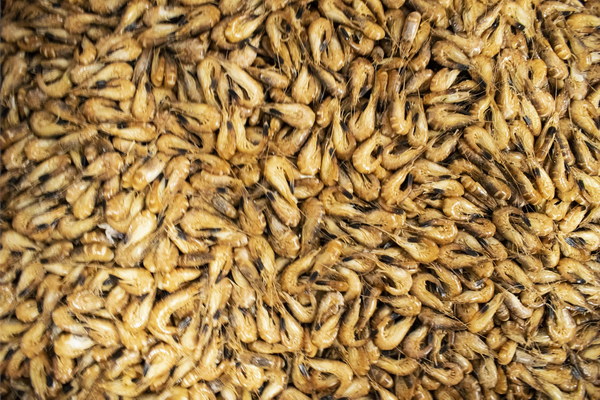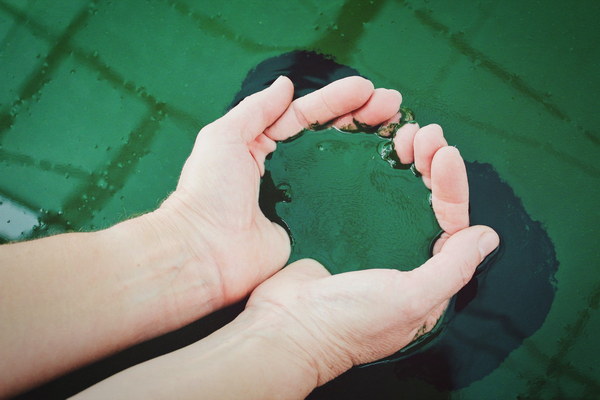Recovering PostAbortion A Comprehensive Guide to Physical Health and Wellbeing
After undergoing an abortion, it's important to prioritize physical and emotional recovery. While each individual's experience may vary, this guide provides valuable insights on how to care for your body in the aftermath of this significant life event. Here's a comprehensive approach to help you navigate the process of physical healing post-abortion.
1. Seek Medical Attention
It's crucial to schedule a follow-up appointment with your healthcare provider to ensure that your body is healing properly. This appointment may include a pelvic exam, a discussion about any complications, and recommendations for further treatment if needed. Be sure to follow any prescribed medications or treatments as advised by your healthcare provider.
1. Rest and Relaxation
Allow your body the time it needs to recover by getting plenty of rest. Avoid strenuous physical activities, heavy lifting, and sexual intercourse until your healthcare provider gives you the green light. Resting can help your body to repair itself and reduce the risk of infection.
1. Maintain Good Hygiene

Proper hygiene is essential to prevent infection. Use panty liners instead of tampons during the healing process, as tampons may increase the risk of infection. Keep the area clean and dry, and change your pads or liners frequently. If you experience any signs of infection, such as fever, chills, or unusual discharge, contact your healthcare provider immediately.
1. Nutrition and Hydration
A balanced diet and adequate hydration are crucial for recovery. Focus on incorporating a variety of nutrients, including lean proteins, whole grains, fruits, and vegetables. Vitamin C, vitamin E, and iron are especially important during this time, as they help to support the healing process and combat anemia. Stay hydrated by drinking plenty of water and avoiding caffeine and alcohol, which can dehydrate your body.
1. Gentle Exercise
Once your healthcare provider has cleared you for physical activity, start with gentle exercises, such as walking, yoga, or swimming. These low-impact activities can help improve circulation, reduce stress, and enhance your overall well-being. Gradually increase the intensity and duration of your workouts as you become more comfortable and your strength improves.
1. Manage Stress
It's normal to experience stress, anxiety, or emotional turmoil following an abortion. Finding healthy ways to manage stress can help promote your physical and emotional recovery. Consider incorporating relaxation techniques, such as meditation, deep breathing exercises, or mindfulness practices, into your daily routine. You may also find it helpful to seek support from friends, family, or a support group.
1. Seek Emotional Support
Emotional healing is just as important as physical recovery. Don't hesitate to reach out to friends, family, or a mental health professional for support. Talking about your feelings can be an effective way to cope with the aftermath of an abortion and work through any emotional challenges you may be facing.
1. Prioritize Self-Care
Taking care of yourself is essential during this time. Make sure to prioritize self-care activities that help you relax and rejuvenate. This may include taking a warm bath, reading a book, or engaging in a hobby. Remember that taking care of yourself is not selfish; it's a necessary step in the healing process.
In conclusion, recovering from an abortion involves a combination of physical and emotional care. By following these guidelines and seeking support when needed, you can help ensure a smooth and healthy recovery. Remember that it's okay to take your time and that healing is a unique process for each individual.









